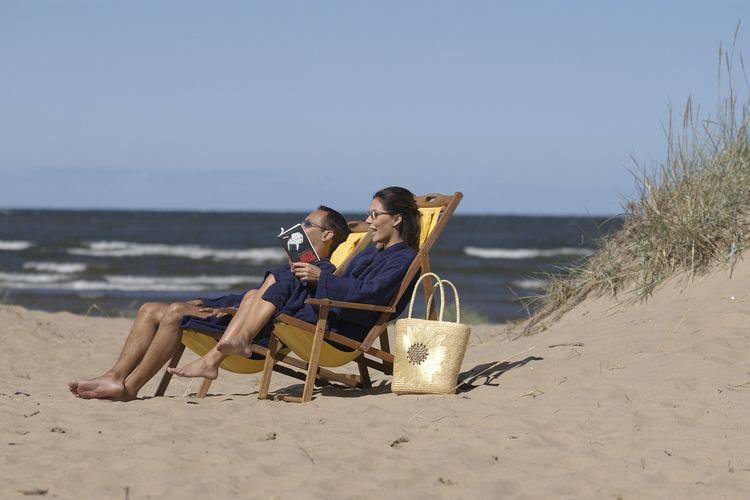Charter 1865 Time zone EET (UTC+2) Region Northern Ostrobothnia | Town privileges 2002 Local time Saturday 1:20 AM | |
 | ||
Area rank 84th largest in Finland Weather 1°C, Wind S at 19 km/h, 89% Humidity | ||
Kalajoki is a town and municipality of Finland.
Contents
- Map of 85100 Kalajoki Finland
- History
- Government
- Tourism
- Twin towns Sister cities
- People born in Kalajoki
- References
Map of 85100 Kalajoki, Finland
It is located in the province of Oulu and is part of the Northern Ostrobothnia region. The town has a population of 12,567 (31 March 2016) and covers an area of 922.46 square kilometres (356.16 sq mi) of which 1,469.15 km2 (567.24 sq mi) is water. The population density is 13.63 inhabitants per square kilometre (35.3/sq mi).
The municipality is unilingually Finnish.
History
The first reference to Kalajoki can be found from the beginning of 16th century and it got the status of a parish in 1525, it was designated as a regional parish in 1545. This status ended with the abolishment of the parish form of organization in the early 1860s. Kalajoki was a significant market place and controlled the whole region's tar trading. By the end of 19th century the meaning of tar was diminishing as a good and the importance of Kalajoki was reduced thereafter.
The tar trade was a derivative of the forestry industry, and Kalajoki has long been the location of forestry activities. There are still sawmills in operation in the city today.
In addition to tar trading, Kalajoki has long been a farming community, producing a variety of agricultural products, including wheat and rye. There are many farms still operating in the city, and there is a weekly market during the spring and summer months where local farmers and merchants sell their products.
Government
There were many attempts to reorganize Kalajoki as a city, which would confer additional authorities on the municipality. The first attempt was in 1865, and there were several subsequent attempts throughout the 20th century. Kalajoki was finally reorganized as a city in 2002.
Just like any municipality in Finland, the city of Kalajoki is composed of several sub-units, called a kylä. The following compose the city of Kalajoki: Vasankari, Plassi, Mehtäkylä, Pohjankylä, Pitkäsenkylä, Etelänkylä, Kääntä, Tynkä, Rahja, Kurikkala, Kärkinen, Typpö, Rautio.
Every four years, the voters of Kalajoki elect a city council of 35 members which meets monthly. The Council then elects a governing council of nine members that meets more regularly to transact the business of the city. As of the most recent municipal election in 2004, 19 members of the city council are from the Centre Party, 6 are from the local Pro Kalajoki Party, 4 are from the centre-right National Coalition Party, 3 are from the Left Alliance, 2 are from the centre-left Social Democratic Party, and one member is from the Christian Democrats Party.
The next municipal elections will be held throughout Finland in 2012.
The municipality of Rautio was consolidated with Kalajoki in 1973. The neighboring municipality of Himanka was consolidated with Kalajoki on January 1, 2010.
Tourism
Kalajoki is a well known tourist attraction place in Finland due to long sandy beaches (sea) and related activities.
Twin towns — Sister cities
Kalajoki is twinned with:
